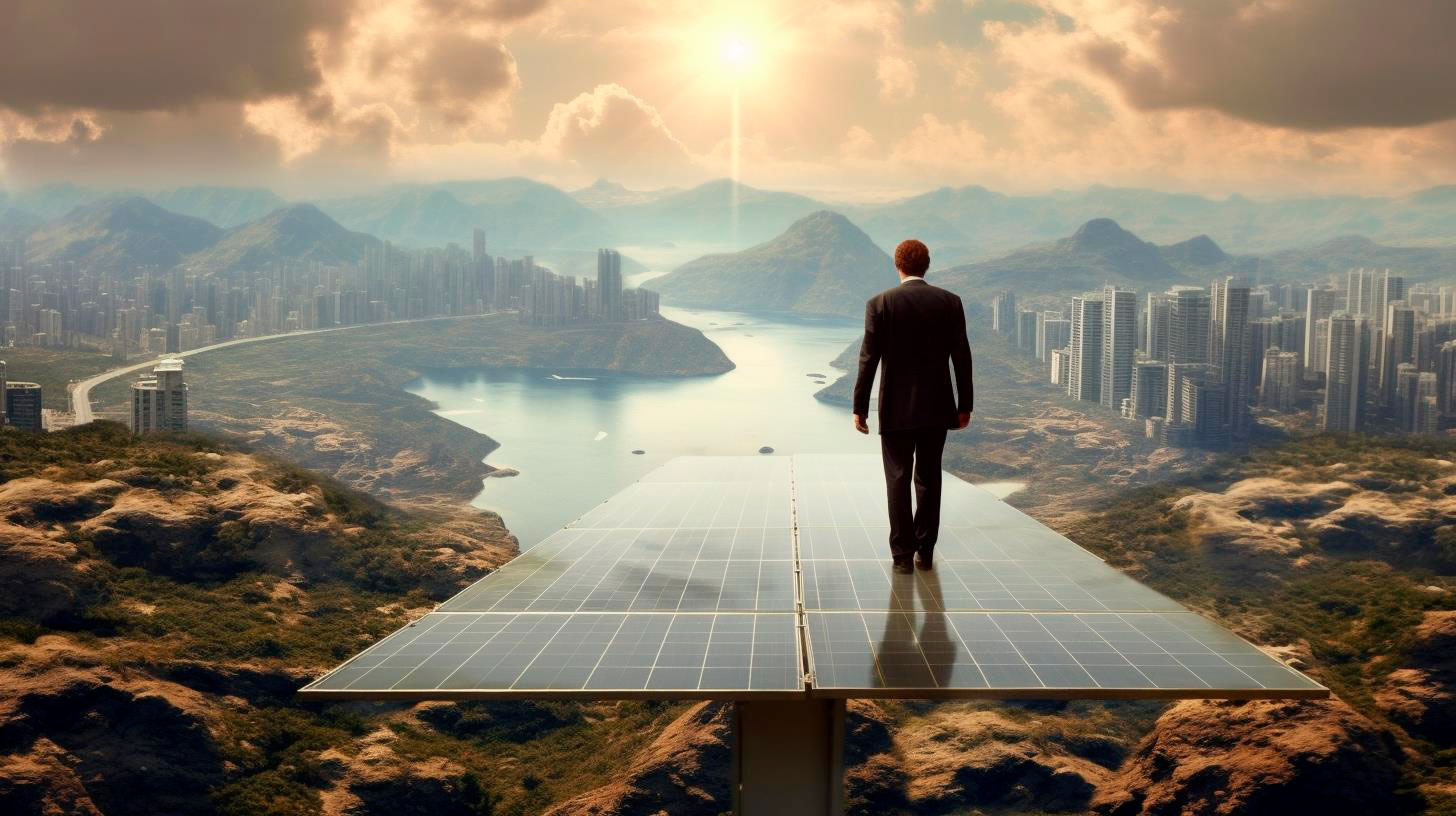Wind Energy in Sports Facilities: Greening Stadiums with Renewable Power
The Power of Wind Energy
One increasingly popular method of powering sports facilities sustainably is by harnessing the power of wind energy. Wind turbines, strategically installed in and around stadiums, can generate clean, renewable electricity to meet a significant portion of a venue’s power requirements.
Wind energy boasts several advantages for sports facilities:
- Renewable and Sustainable: Wind is an abundant and inexhaustible energy resource, making it a sustainable solution for meeting energy needs.
- Reduced Carbon Footprint: By relying on wind energy, sports facilities can significantly reduce their greenhouse gas emissions, contributing to a healthier environment.
- Cost Savings: While the upfront costs of wind turbines may be substantial, their operational expenses are relatively low. Over time, stadiums can benefit from significant cost savings on their energy bills.
- Image Enhancement: Embracing renewable energy sources can enhance the image and reputation of sports venues, positioning them as environmentally conscious organizations.
- Tax Incentives and Grants: Many governments offer tax incentives and grants to organizations adopting renewable energy solutions, helping stadiums fund their wind energy projects.
Wind Energy Success Stories
Several sports facilities globally have already embraced wind energy to power their operations. Here are a few notable examples:
AT&T Stadium, Arlington, Texas, USA
The AT&T Stadium, home to the Dallas Cowboys, installed a 3-megawatt wind turbine with 14 turbines back in 201 This wind turbine array is capable of generating approximately 6 million kilowatt-hours of energy annually, which is equivalent to powering more than 600 households.
National Stadium, Warsaw, Poland
Poland’s National Stadium, a host venue for the Euro 2012 football tournament, powers itself with wind energy. The stadium is equipped with 27 vertical axis wind turbines, generating around 10 percent of its energy needs.
Allianz Arena, Munich, Germany
The iconic Allianz Arena, home to FC Bayern Munich and TSV 1860 Munich, installed a unique illumination system powered by wind turbines. The outer skin of the stadium contains 2,760 diamond-shaped air panels that house small wind turbines generating electricity for the colorful light display during games.
Challenges and Considerations
While wind energy presents numerous benefits for sports facilities, there are also challenges to consider:
- Space Constraints: Stadiums, particularly those located in urban areas, may have limited space for installing wind turbines. Creative solutions like vertical axis turbines or smaller-scale turbines can be explored to overcome this challenge.
- Weather Dependency: Wind energy generation is subject to weather conditions. Calm or low-wind periods may result in reduced electricity production. Adequate backup power systems need to be in place to ensure uninterrupted operations.
- Regulatory Approvals: Installing wind turbines requires obtaining necessary permits and complying with local regulations. Engaging with relevant authorities and stakeholders is essential to navigate the approval process smoothly.
Conclusion
As the world increasingly shifts towards sustainable practices, incorporating wind energy into sports facilities is a logical step towards greening stadiums. With its numerous benefits – from reducing carbon footprint and cost savings to enhancing public image – wind energy offers a win-win solution for both the environment and sports organizations.
By embracing renewable power sources, sports facilities can lead the way in inspiring countless fans and demonstrating the feasibility and advantages of adopting clean energy technologies.
For more information on wind energy and its applications, visit the official website of the U.S. Department of Energy’s Wind Energy Technologies Office.
